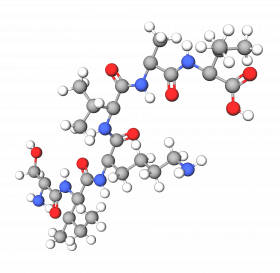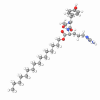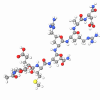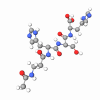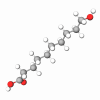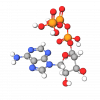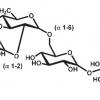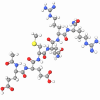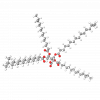Hexapeptide-10 is a synthetic peptide (known under the trade name Serilesine®) that repeats an adhesion sequence of Laminin protein. This restores the cutaneous structure and leaves a redensifying and restructuring effect on the skin. It is synthesized using solid-phase peptide synthesis, which ensures sequence accuracy and purity of the final product.
From age 30, the adhesion between epidermal and dermal cells starts to lose. The aging process alters certain features of the DEJ (dermo-epidermal junction). Laminin-5 synthesis is decreased in aged skin, and Integrin expression deficiencies alter the anchoring ability of keratinocytes. Hemidesmosomes formed by α6-Integrin and Laminin-5 are protein structures that anchor points between keratinocytes and the Laminin-5 on the cell's basement membrane.
Mimicking Lamilnin, Hexapeptide-10 promotes keratinocyte adhesion and boosts the proliferation of keratinocytes by 38% and fibroblasts by 75%. It stimulates fibroblasts to increase Laminin-5 production, which is essential for linking keratinocytes to the basement membrane. It strengthens the dermo-epidermal junction, increasing the production of Laminin 5 and Integrin-α6 proteins and hemidesmosome formation.
Promoting cellular activity on both keratinocytes and fibroblasts, Hexapeptide-10 has a restructuring effect on the skin. It also increases skin compactness, firmness, and density. It is used in many cosmetic formulations such as emulsions, gels, and serums in concentrations up to 0.005%.